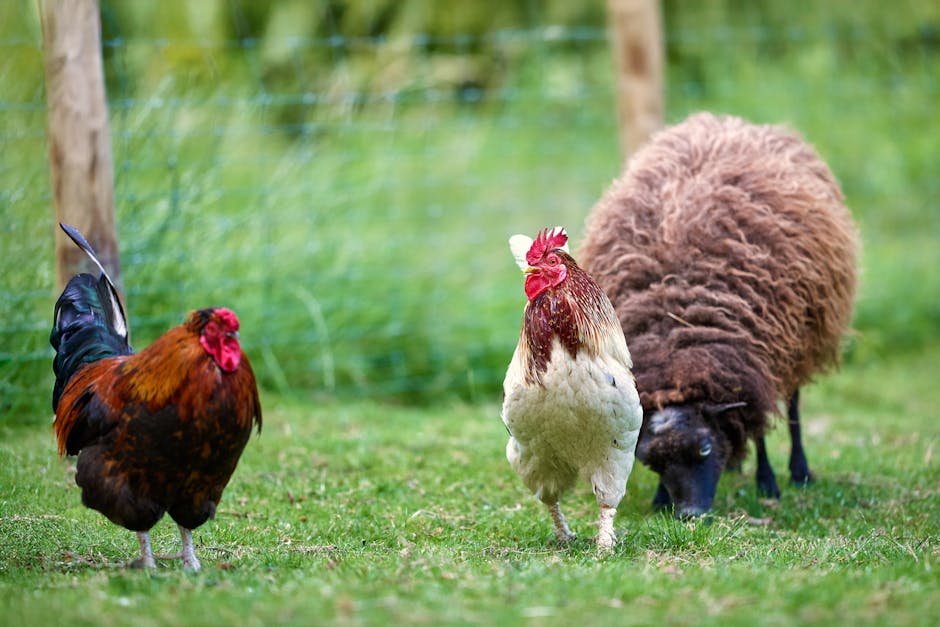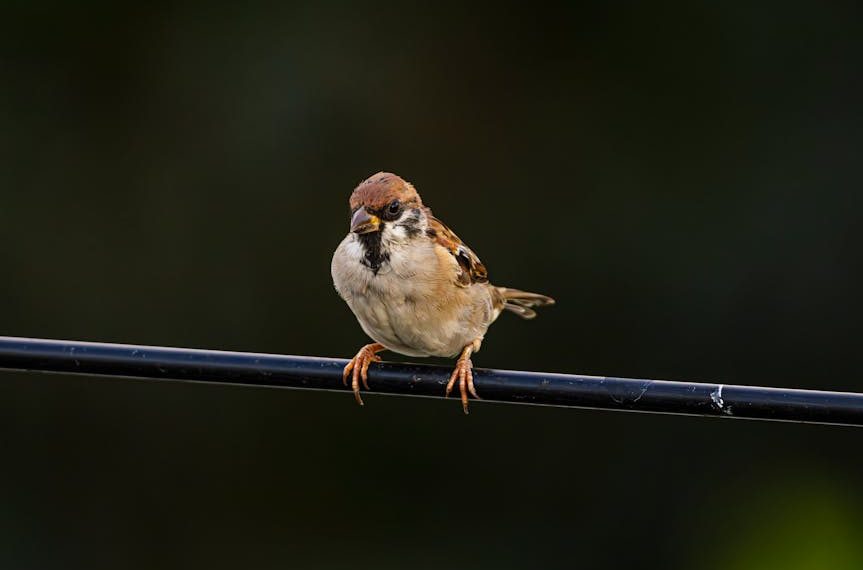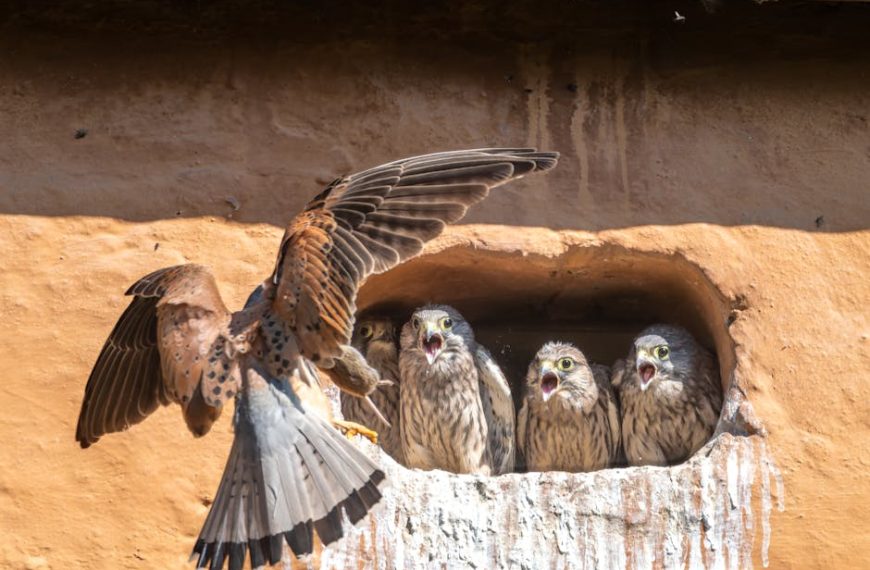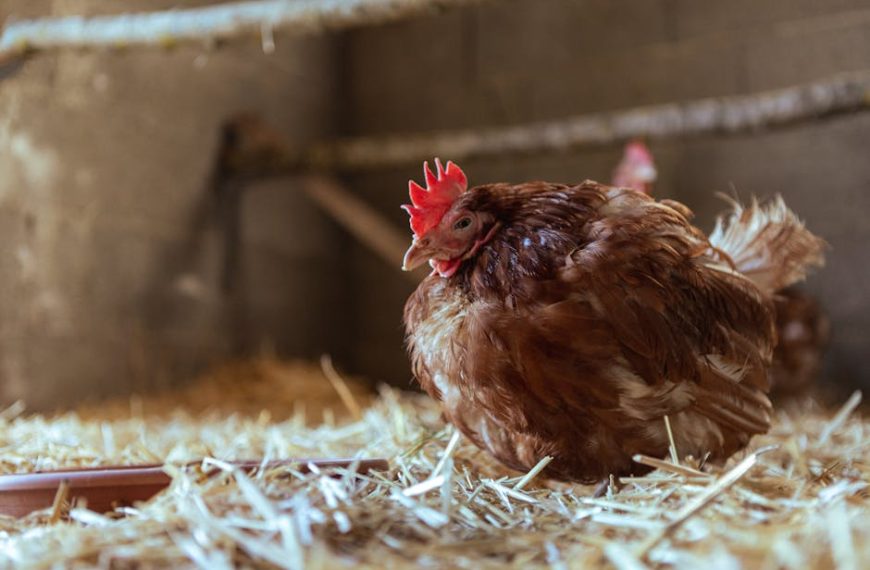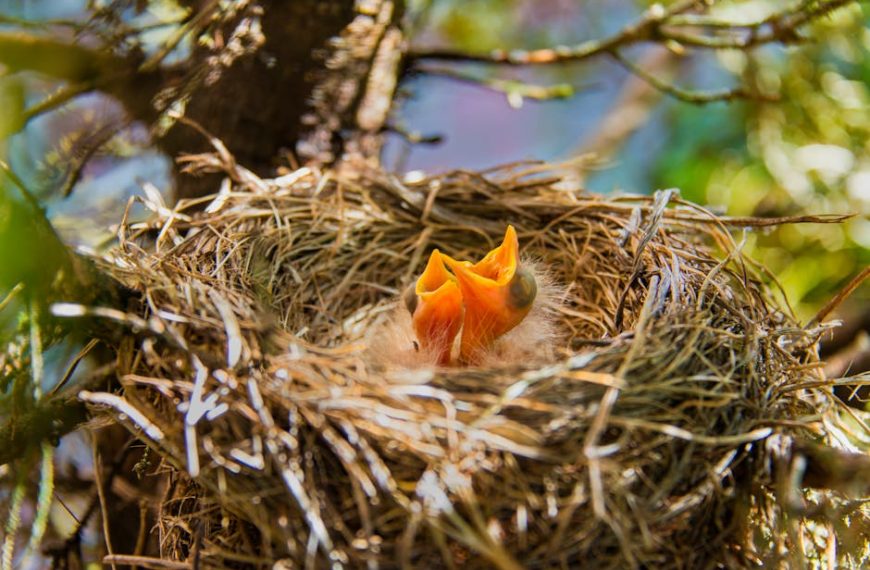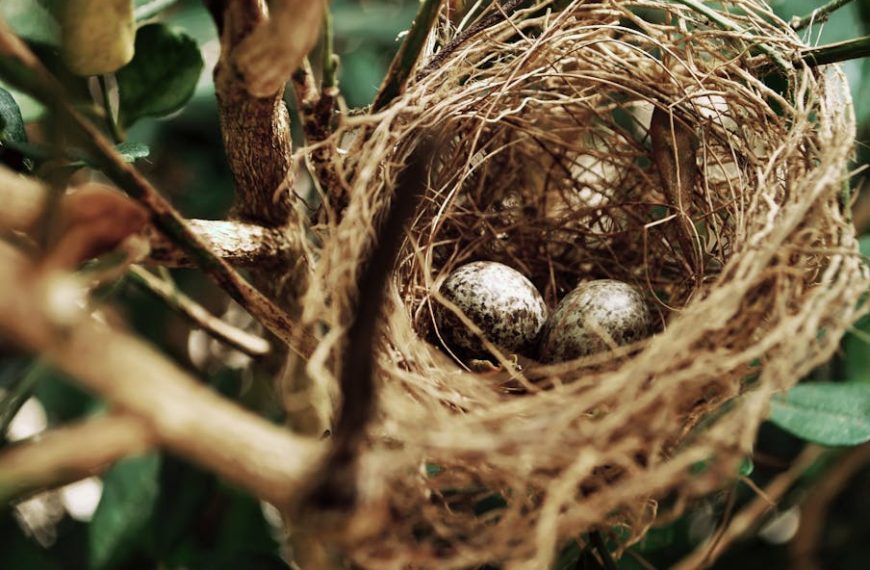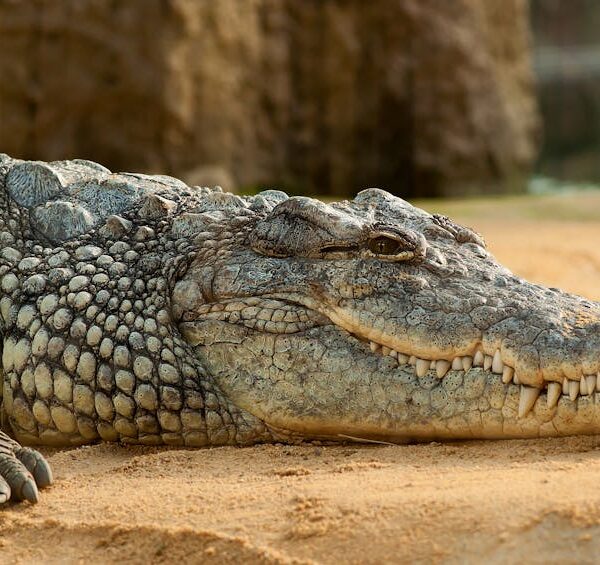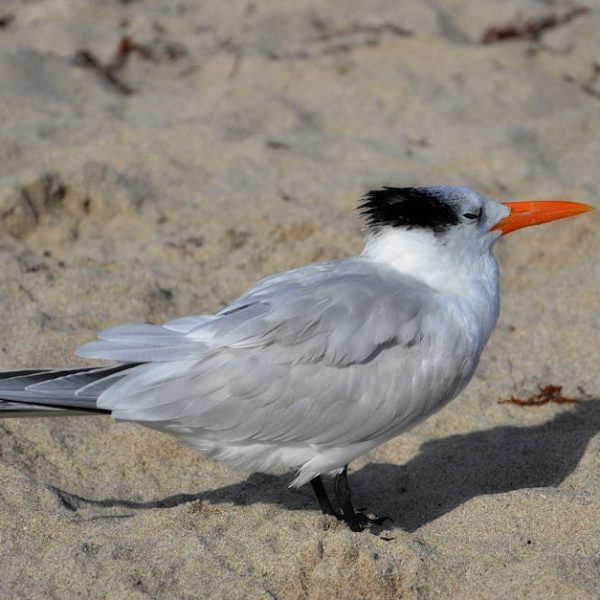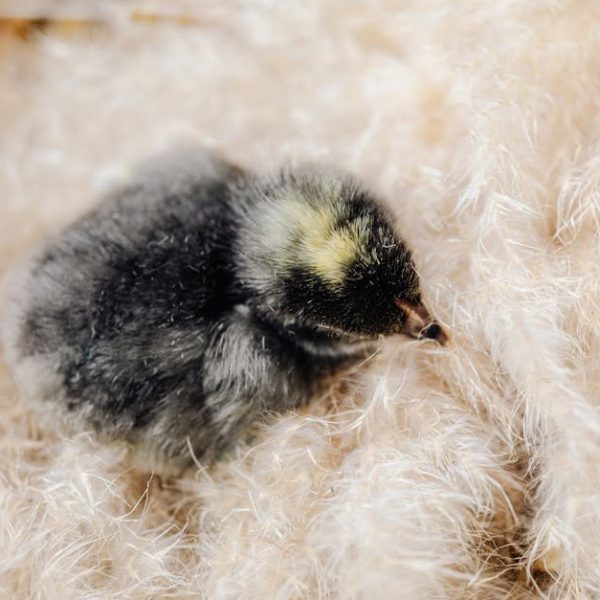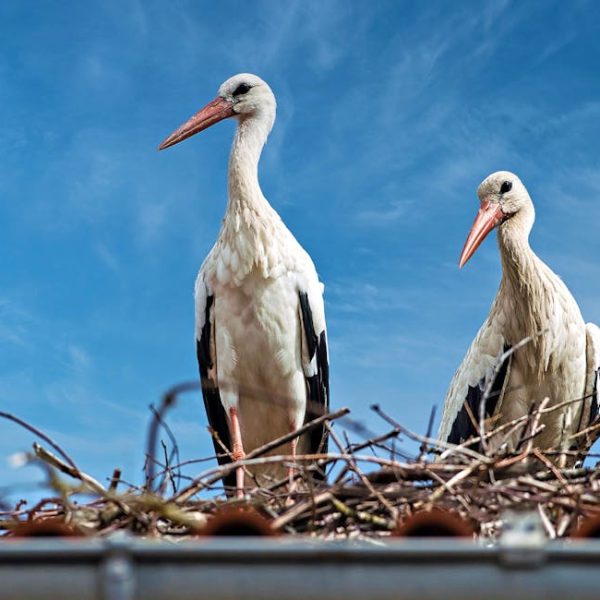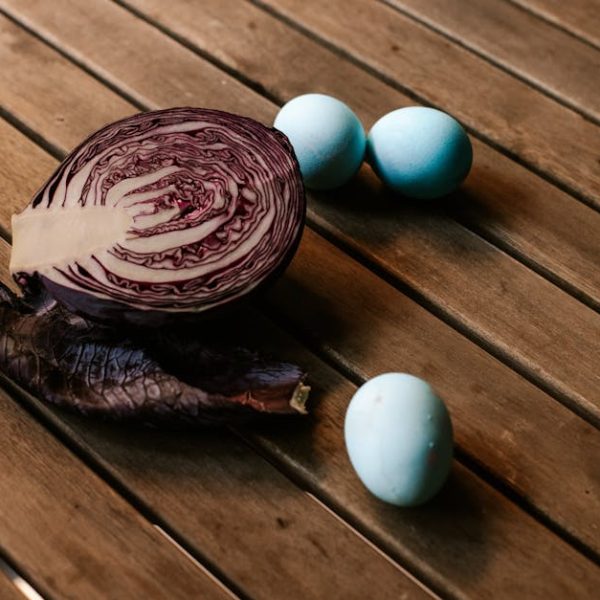One of the intriguing aspects of bird biology is their egg-laying process, which doesn’t follow immediately after mating like in several other animal species. So, when exactly do birds lay eggs after mating? The truth is, it’s not an exact science. The timing varies greatly depending on a multitude of factors, notably the bird species, environmental conditions and health of the bird. This biological journey is an incredible testament to nature’s miracle, and getting familiar with it brings a new appreciation for our feathered friends.
Understanding the Bird Reproductive Cycle
Birds have a unique reproductive cycle, which is quite distinct from mammalian reproduction. Firstly, birds lay hard-shelled eggs, unlike mammals who bear live young ones. Moreover, the entire process of bird reproduction, from egg formation to laying, is tightly controlled by environmental factors like daylight hours and temperature.
- The primary stages of the cycle include the formation of the egg in the bird’s ovary, mating, and fertilization.
- Icon ProTip: It’s crucial to note that not all bird species follow the same reproductive cycle. Variations can significantly affect the timing of egg-laying.
Comparing bird reproduction with mammalian reproduction illuminates the uniqueness of birds. For example, while mammals have a defined mating season governed primarily by hormone fluctuations, birds mate largely depending on environmental stimuli like increased daylight.
How Long After Mating Does Egg Laying Start?
Here’s where it gets complex. The exact time frame from mating to egg-laying can be anywhere between a few days to several weeks, primarily depending on the species of the bird. Some common species like robins, sparrows, and pigeons, typically start laying eggs within a week after successful mating.
- Other factors that can affect this duration include the bird’s health, age, nutritional status, and the prevailing climatic conditions.
- Icon Best Practice: It’s important for breeders to monitor these factors closely to create the optimal conditions for mating and consequent prompt egg production.
Insight into Physiological Changes Post Mating
Post mating, female birds undergo drastic physiological changes to prepare for egg laying. This phase can be likened to a form of ‘pregnancy’, where the female birds show specific signs that indicate they are ready to lay eggs.
- Some common signs include a significantly enlarged abdomen, increased appetite, and frequent nesting behavior.
- Icon ProTip: Breeders should be vigilant about these signs, which can contribute significantly to successful egg-laying.
The bird’s body also faces notable challenges during this phase, such as increased nutritional demands and potential health risks. The successful management of these challenges can significantly impact the bird’s overall health and future reproductive prospects. This underlines once again, the marvel of nature and its ability to adapt and thrive.
Egg Laying Process Detailed
Not everything is challenging for these feathered damsels! Nature has equipped them quite incredibly to handle the process of egg-laying, which is a marvel in itself. When the time is right, the female bird lays her eggs in a process that can range from mere minutes to over an hour.
- Icon Checklist: Here are the step-by-step stages of the egg laying process:
1. The egg travels from the ovary into the oviduct.
2. The yolk is then covered with layers of albumen, membranes, and finally, the eggshell.
3. This journey can take nearly 24 hours, after which the egg is then pushed out through the cloaca, marking successful egg laying.
This process varies from that of other oviparous animals (those who lay eggs), which only further demonstrates the uniqueness of bird biology.
Aftercare and Brooding
Once the eggs are laid, both the male and female bird play essential roles in nurturing the eggs and preparing for the hatchlings. This brooding period is a time of intense care and vigilance for the bird parents.
- Some birds with unique brooding habits include the emperor penguins, where the males balance the egg on their feet and incubate it through the harsh Antarctic winters!
- Icon Best Practice: Mother birds tend to be extremely protective of their eggs and nest. Birds have been observed to deploy tactics such as camouflage, changing nesting locations, and even fake injuries to distract predators.
In Conclusion
The egg-laying timeline in birds is unique to each species and can depend on a variety of external and internal factors. By understanding this process better, we can appreciate the intricacies of nature and bird life more. So next time you spot a bird preening or showcasing nesting behavior, you’ll be able to marvel at the cycle of life unfolding right before your eyes!
Key Takeaway:
- Bird reproductive cycle is unique and heavily influenced by environmental factors.
- The period from mating to egg-laying varies greatly across species, influenced by factors such as bird’s health, age, and nutritional status.
- Post-mating, female birds undergo significant physiological changes in preparation for egg-laying.
- The egg-laying process can take from minutes to over an hour, depending on the species.
- Aftercare and brooding involve both male and female bird, displaying unique habits such as camouflaging the nest and decoy tactics to distract predators.
Understanding the bird’s egg-laying timeline and its dependence on a plethora of factors is a testimony to the marvel of nature. Entering this realm of avian biology not only ignites admiration for our feathered companions but also underlines the importance of fostering their natural environments for successful propagation of the species.
FAQs
Q: Can the health of the female bird affect the egg-laying process?
A: Absolutely! A bird’s health, age, and nutritional status can significantly influence the process of egg-laying. Bird breeders monitor these factors closely to ensure optimal conditions for successful egg production.
Q: Are there specific signs to identify a female bird ready to lay eggs?
A: Yes, some common signs that a female bird is ready to lay eggs include an enlarged abdomen, increased appetite and frequent nesting behavior.
Q: What is the role of the male bird post egg-laying?
A: Male birds play a crucial role in nurturing the eggs and preparing for the hatchlings during the brooding period. Their involvement may vary based on the bird species.
Q: Can environmental conditions impact the bird reproductive cycle?
A: Yes, the bird reproductive cycle is heavily influenced by environmental factors including daylight hours and temperature. The timing of mating and egg laying largely depends on these stimuli.
Q: Does the egg-laying process pose any health risks to the bird?
A: The bird’s body indeed faces some challenges during this phase, such as increased nutritional demands and potential health risks. However, nature has marvelously equipped birds to overcome these challenges.
Don’t forget to share this insightful article with fellow bird enthusiasts and elevate their appreciation for our feathered friends. Explore more enlightening posts on our website to stay updated on intriguing aspects of the natural world.
